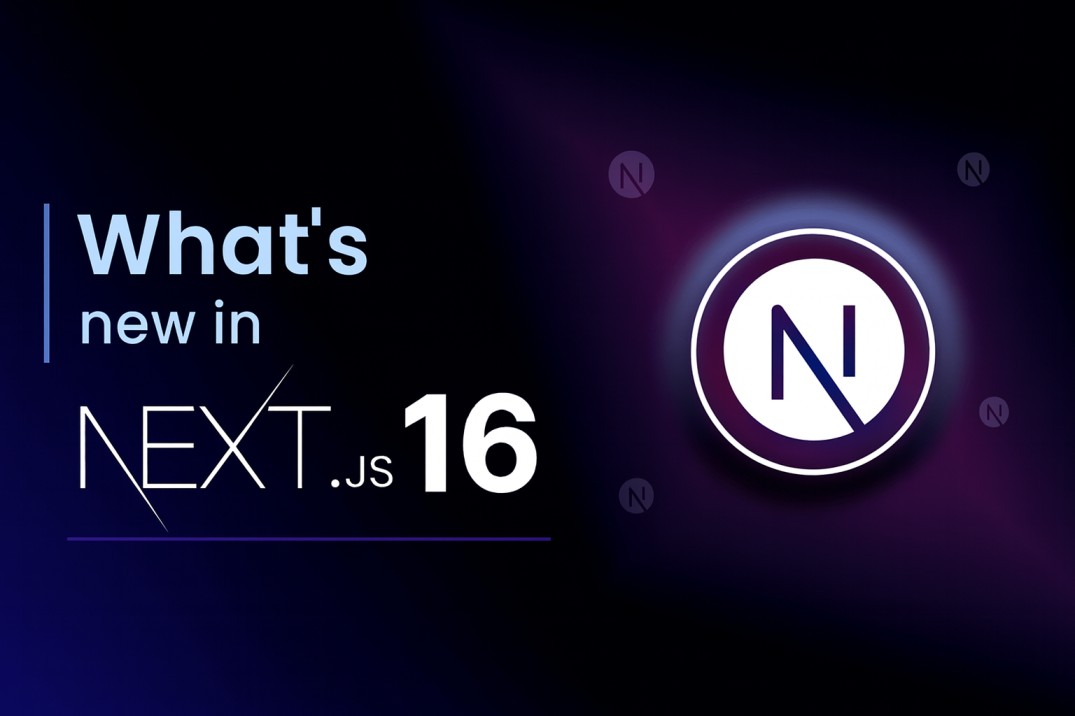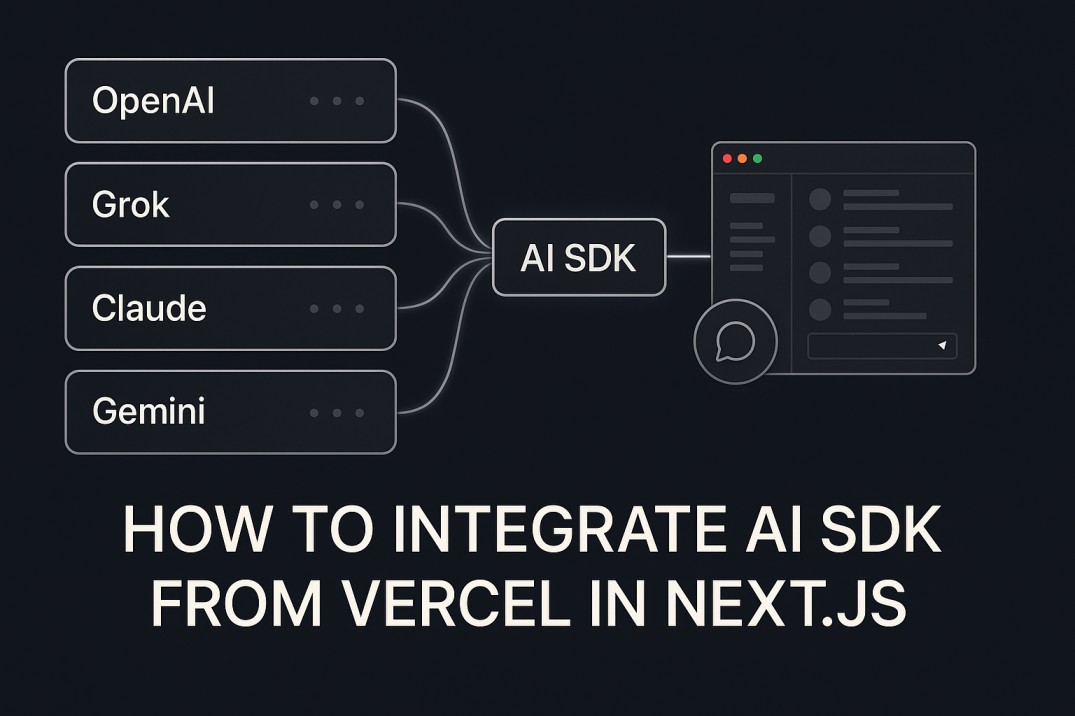How to Use Middleware for Role Based Access Control in Next js 15 App Router

Learn how to secure your Next.js 15 app with role-based access control (RBAC) using middleware. Protect pages and API routes by enforcing roles like admin, editor, and viewer.
The Challenge
Imagine building a Next.js 15 application with an admin dashboard. You want:
admins→ full controleditors→ manage content onlyviewers→ read-only access
But here’s the problem: without access control, any logged-in user could type /admin in the URL and open restricted pages. That’s both a security and user experience issue.
The solution: Implement Role-Based Access Control (RBAC) with Next.js App Router middleware to handle permissions before requests reach your pages.
What is RBAC?
Role-Based Access Control (RBAC) is a security strategy where permissions depend on user roles:
- Admin → Manage everything (users, content, settings)
- Editor → Edit content only
- Viewer → View-only
RBAC keeps access rules centralized and maintainable, instead of scattering checks across your app.
Why Middleware is Perfect for RBAC in Next.js 15
Next.js 15 introduces middleware (middleware.ts), which executes before pages or API routes load.
Benefits:
- Block unauthorized access early
- Centralize access rules in one place
- Protect both UI pages and API routes
Middleware Flow
Project Setup: Next.js 15 + Auth.js
We’ll use Auth.js (NextAuth) for authentication and session handling. You can swap in Clerk, Supabase Auth, or Auth0 if you prefer.
Step 1: Install Auth.js
Step 2: Configure Authentication (lib/auth.ts)
Implementing RBAC in Middleware
Now let’s enforce role-based rules in middleware.ts.
Unauthorized users get redirected before restricted pages load.
Securing Pages and API Routes
Example: Protected API (app/api/admin/route.ts)
Example: Role-Based UI (DashboardActions.tsx)
Testing the Middleware
- Login as
viewer→/admin→ redirected to/unauthorized - Login as
editor→/editorworks,/adminblocked - Login as
admin→ unrestricted access
Perfect!
Best Practices for RBAC in Next.js
- Principle of least privilege → Assign minimal permissions.
- Always validate server-side → Don’t trust client-only checks.
- Centralize rules → Keep RBAC logic in one place.
- Default deny → If no rule matches, block by default.
- Audit logs → Track unauthorized attempts.
Conclusion
With RBAC middleware in Next.js 15, you can:
- Protect sensitive routes before rendering
- Enforce consistent role checks
- Handle both pages and API routes
Next steps:
- Explore ABAC (Attribute-Based Access Control) for context-aware rules
- Try Supabase Row-Level Security (RLS) for DB-level enforcement
- Integrate with Clerk/Auth0/Supabase Auth for advanced workflows
FAQ: RBAC in Next.js 15
1. What is RBAC in Next.js?
A role-based system where access depends on user roles (admin, editor, viewer).
2. Why use middleware for RBAC?
It runs before routes load, letting you block unauthorized users early.
3. Can I use Supabase roles with Next.js middleware?
Yes. Pull roles from Supabase JWT claims and enforce them in middleware.ts.
4. How is ABAC different from RBAC?
- RBAC → role-based (admin, editor)
- ABAC → attribute-based (time, department, resource type)
5. Should I only check roles on the client?
No — always validate server-side (middleware + APIs) to prevent bypassing.
You now have a production-ready approach for implementing RBAC middleware in Next.js 15.



